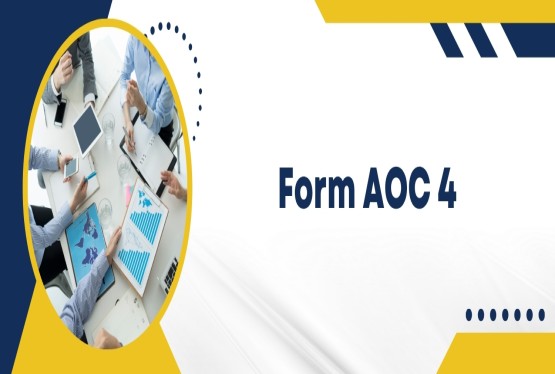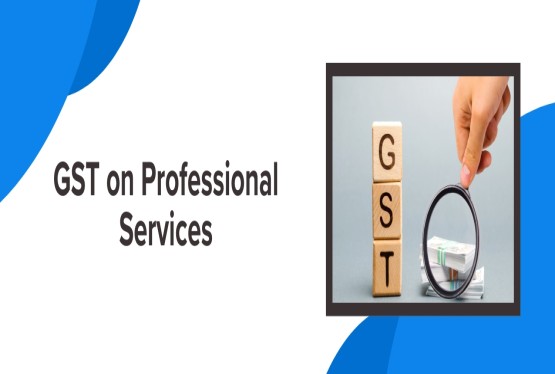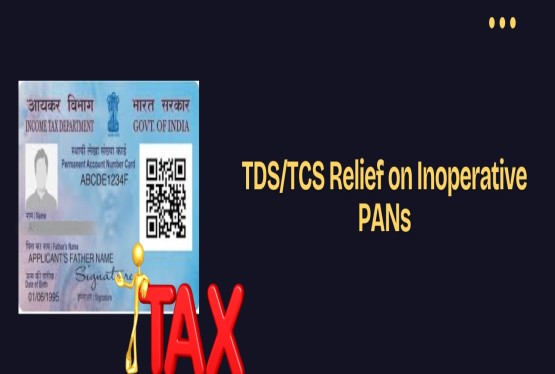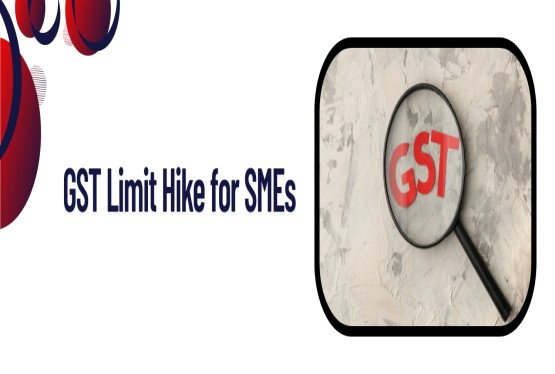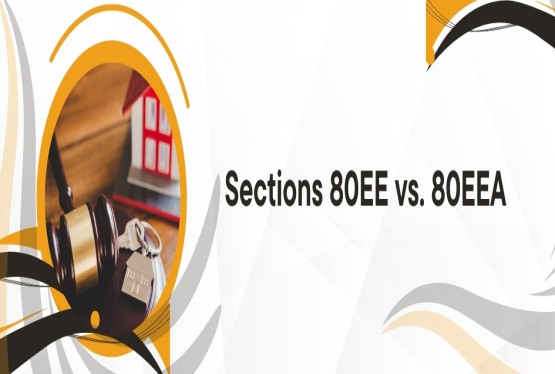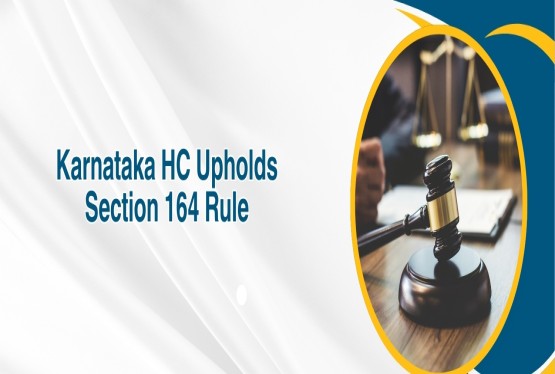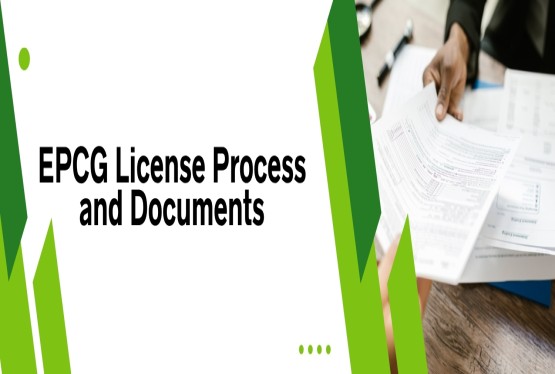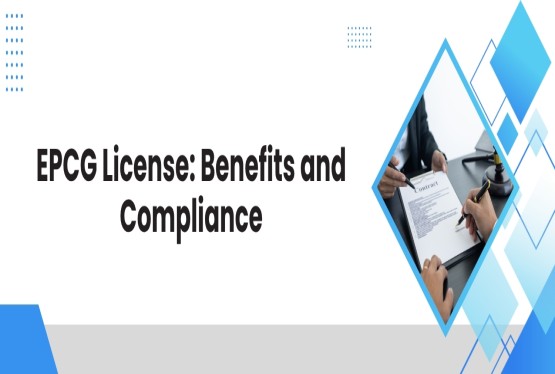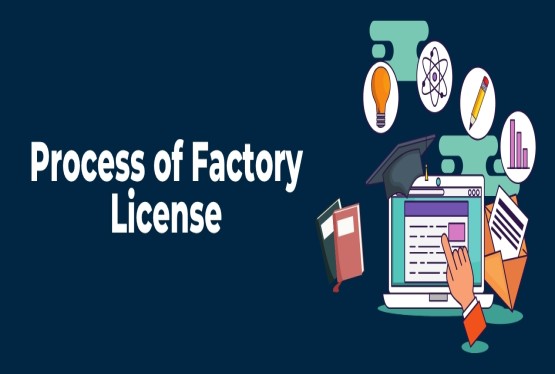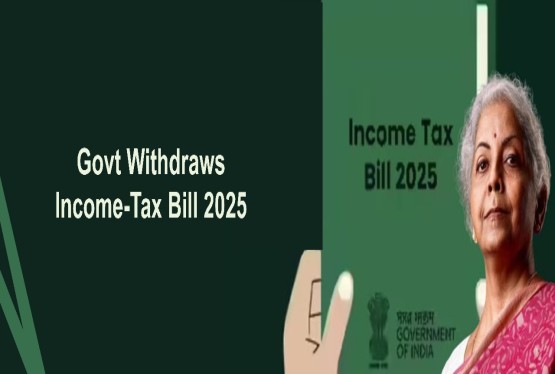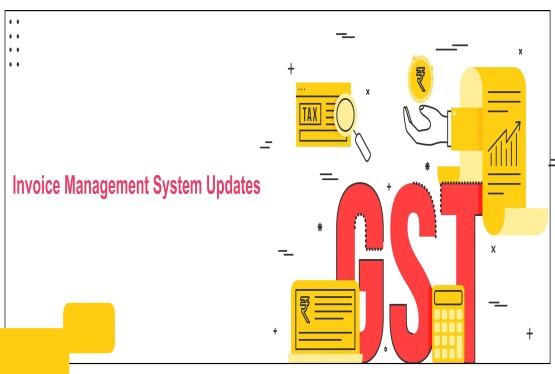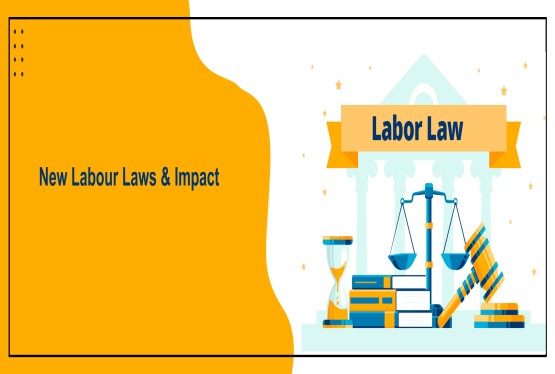The Government of India, through the Income Tax Act, 1961, provides a wide array of tax exemptions to reduce the burden on taxpayers. Section 10 of the Income Tax Act lists specific types of income that do not form part of the total taxable income. These exemptions, when properly understood and applied, can significantly lower an individual's tax liability. This article explains each exemption under Section 10 Of Income Tax Act in simple language with detailed explanations and examples.
What is Section 10 of Income Tax Act?
Section 10 of the Income Tax Act, 1961, contains provisions for exempt income. These are specific incomes that are not included while calculating a person's total taxable income. In other words, even though a person may receive such income, it is not subject to tax. These exemptions apply to salaried individuals, business owners, professionals, and even institutions under certain conditions.
Exemptions Under Section 10 of Income Tax Act
Here is a list of exempted income under Section 10:
Section 10(1) - Agricultural Income
Income earned from agricultural activities is fully exempt under Section 10(1). This includes income from the sale of agricultural produce, operations such as sowing and harvesting, and rent or revenue earned from agricultural land in India. Additionally, any income from farmhouses used for agricultural operations is also exempt. However, agricultural income must be from land situated in India to qualify for this exemption.
Section 10(2A) - Partner's Share in Profits
Any share of profit received by a partner from a partnership firm or LLP is exempt under Section 10(2A). This is because the firm itself pays tax on the total profit, and distributing the same profit to partners should not lead to double taxation. It is important to note that only the share in profit is exempt; other payments like interest on capital and remuneration are taxable.
Section 10(5) - Leave Travel Allowance (LTA)
Leave Travel Allowance provided by an employer for domestic travel is exempt under Section 10(5). This includes travel by air, rail, or bus to any location within India. However, expenses related to local transport, accommodation, or meals are not exempt. The exemption is limited to the amount specified by the employer and can be claimed twice in a block of four years.
Section 10(10) - Gratuity
Gratuity received by a government employee is fully exempt from tax. In the case of private sector employees, the exemption depends on whether they are covered under the Payment of Gratuity Act, 1972. If covered, the least of the actual gratuity received, Rs. 20 lakh, or 15 days' wages for each year of service is exempt. For others, the exemption is based on the last drawn salary and the number of years of service.
Section 10(10A) - Commuted Pension
A government employee who receives a lump sum pension amount instead of monthly payments (commuted pension) is eligible for full exemption under Section 10(10A). For non-government employees, partial exemption is available depending on whether gratuity is also received. If gratuity is received, 1/3rd of the pension is exempt; if not, then 1/2 of the pension amount is exempt.
Section 10(10AA) - Leave Encashment
When an employee encashes unutilised leave at the time of retirement or resignation, the amount is partially exempt under Section 10(10AA). For government employees, the entire leave encashment is tax-free. For non-government employees, the exemption is limited to the least of Rs. 25 lakh, actual leave encashment, 10 months' average salary, or the cash equivalent of unutilised earned leave.
Section 10(10B) - Retrenchment Compensation
If an employee loses their job due to closure or downsizing of a business, the compensation received is exempt up to certain limits. Under Section 10(10B), the least of Rs. 5 lakh, actual amount received, or 15 days' average pay for every completed year of service is exempt from tax.
Section 10(10C) - Voluntary Retirement Scheme (VRS)
Under Section 10(10C), compensation received on voluntary retirement is exempt up to Rs. 5 lakh. This applies only if the retirement scheme is in accordance with guidelines prescribed by the government. The exemption can be claimed only once and must be availed in the same financial year in which the amount is received.
Section 10(10D) - Life Insurance Policy Maturity Amount
Any amount received from a life insurance policy, including bonus, is exempt under Section 10(10D). However, this does not apply if the premium exceeds 10% of the sum assured (20% for policies issued before April 1, 2012). Additionally, keyman insurance policies and policies for handicapped dependents are not eligible for exemption.
Section 10(11) - Provident Fund and Sukanya Samriddhi Account
Interest earned on provident fund deposits and contributions to Sukanya Samriddhi Yojana is exempt under Section 10(11). From April 1, 2021, if an employee's contribution exceeds Rs. 2.5 lakh in a year, interest on the excess amount becomes taxable.
Section 10(13A) - House Rent Allowance (HRA)
HRA received by an employee is partially exempt under Section 10(13A). The exemption is calculated as the least of the following: actual HRA received, 50% of salary for metro cities or 40% for other cities, or rent paid minus 10% of salary. This helps salaried individuals who live in rented accommodation to reduce their taxable income.
Section 10(14) - Special Allowances
Allowances received to meet specific expenses incurred in the course of employment are exempt under Section 10(14). This includes allowances for travel, research, internet, meals, and conveyance. The exemption is available only if the allowance is spent for the intended purpose.
Section 10(14)(ii) - Children Education Allowance and Transport Allowance
Parents can claim exemption of Rs. 100 per month per child for up to two children under Children Education Allowance. For differently-abled employees, transport allowance up to Rs. 3,200 per month is exempt.
Section 10(15) - Interest on Savings Certificates
Interest earned on notified savings certificates, post office savings, and specific bonds is exempt under Section 10(15). The exemption is limited to Rs. 3,500 for individuals and Rs. 7,000 for joint account holders.
Section 10(23C) - Educational and Medical Institutions
Educational or medical institutions with annual receipts not exceeding Rs. 5 crore are eligible for income tax exemption under Section 10(23C), provided they are approved by the prescribed authority. This helps charitable institutions continue operating without tax burdens.
Section 10(26) - Scheduled Tribes in North-Eastern States
Members of Scheduled Tribes residing in Mizoram, Nagaland, Tripura, Manipur, and Arunachal Pradesh are exempt from income tax on income earned within these states. This is specified under Section 10(26) to support indigenous communities.
Section 10(26AAA) - Sikkimese Individuals
Section 10(26AAA) grants exemption to individuals of Sikkim origin for income earned in Sikkim or from interest and dividends. This special status aims to preserve the financial independence of Sikkimese citizens.
Section 10(34) - Dividend Income
Dividends received from Indian companies were exempt under Section 10(34) until March 31, 2020. Post this date, such dividends are taxable in the hands of the investor.
Section 10(34A) - Buy-Back of Shares
If a domestic company buys back its shares before October 1, 2024, the amount received by shareholders is fully exempt under Section 10(34A). This is because the company pays tax on buy-back.
Section 10(35) - buybacks from Mutual Funds
Income earned from specified mutual funds is exempt under Section 10(35) until March 31, 2020. This provision helped promote investment in mutual funds.
Section 10(37) - Capital Gains from Compulsory Acquisition of Urban Agricultural Land
If urban agricultural land is acquired by the government or RBI and used for agricultural purposes in the past two years, the resulting capital gains are exempt under Section 10(37). This encourages fair compensation without tax implications.
Section 10(38) - Long-Term Capital Gains on Equity
Gains from sale of listed equity shares and equity mutual funds were exempt under Section 10(38) till March 31, 2018, provided STT was paid. Post that, a new LTCG regime applies.
Section 10AA - Special Economic Zones (SEZ)
Entrepreneurs operating in SEZs are eligible for income tax deduction under Section 10AA. For the first five years, 100% of export profit is deductible, followed by 50% in the next five years. For the next five years, 50% of profits transferred to a reserve is deductible.
How to Claim Section 10 Exemptions?
To claim exemptions under Section 10 Of Income Tax Act, one must report the exempt income in the correct fields of the income tax return (ITR) form. Proper documentation such as salary slips, Form 16, investment proofs, and interest certificates must be maintained. It is also important to use the correct ITR form as per income type and submit the return before the due date.
Conclusion
Section 10 Of Income Tax Act is important for every taxpayer. These exemptions are legal ways to reduce tax burden and increase savings. One must ensure compliance with the conditions specified for each exemption. Timely and accurate reporting during ITR filing, supported by proper documentation, ensures hassle-free assessment and avoids penalties. By making full use of the exemptions listed under Section 10 Of Income Tax Act, individuals and institutions can efficiently manage their tax liabilities while staying fully compliant with Indian tax laws.
If you have any queries, you can book a consultation with Compliance Calendar LLP experts through:
Email: info@ccoffice.in
Call/Whatsapp: +91 9988424211
Frequently Asked Questions (FAQs) on Section 10 Of Income Tax Act
Q1. What is Section 10 of the Income Tax Act?
Ans. Section 10 of the Income Tax Act, 1961, lists various types of income that are exempt from tax. These exemptions help taxpayers reduce their total taxable income and include allowances, retirement benefits, agricultural income, and more.
Q2. Is agricultural income fully exempt under Section 10?
Ans. Yes, under Section 10(1), any income earned from agricultural operations such as cultivation, sale of crops, or rent from agricultural land in India is fully exempt from tax. However, the land must be located within India.
Q3. Can salaried individuals claim House Rent Allowance (HRA) exemption?
Ans. Yes, salaried individuals who receive HRA and live in rented accommodation can claim partial exemption under Section 10(13A). The exemption is calculated based on actual HRA received, rent paid, and location of residence.
Q4. How often can I claim Leave Travel Allowance (LTA) exemption?
Ans. You can claim LTA exemption under Section 10(5) for two journeys in a block of four calendar years. It applies only to travel within India and covers travel fare, not hotel or food expenses.
Q5. Is the maturity amount from a life insurance policy taxable?
Ans. No, the maturity amount, including bonuses from a life insurance policy, is generally exempt under Section 10(10D). However, the exemption is not available if the annual premium exceeds 10% of the sum assured or if it is a keyman insurance policy.
Q6. What is the exemption limit for leave encashment at the time of retirement?
Ans. For government employees, the full leave encashment amount is exempt under Section 10(10AA). For non-government employees, the exemption is up to the least of Rs.25 lakh, 10 months’ average salary, actual leave encashment received, or unavailed leave amount.
Q7. How can I claim exemptions under Section 10 in my ITR?
Ans. To claim Section 10 exemptions, you must correctly disclose exempt income in your income tax return form and maintain proper documents such as salary slips, Form 16, and investment proofs. The claim should be made in the appropriate column of the ITR form.








_crop10_thumb.jpg)




































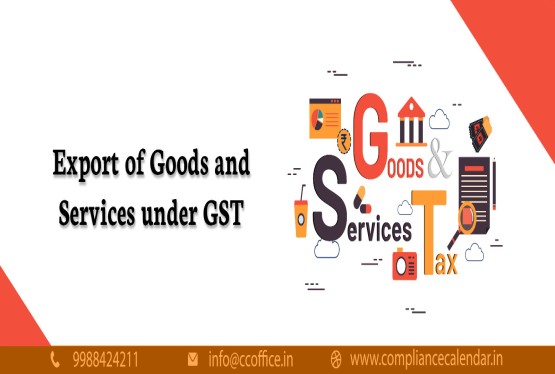













































_for_FY_2025-26_crop10_thumb.jpg)



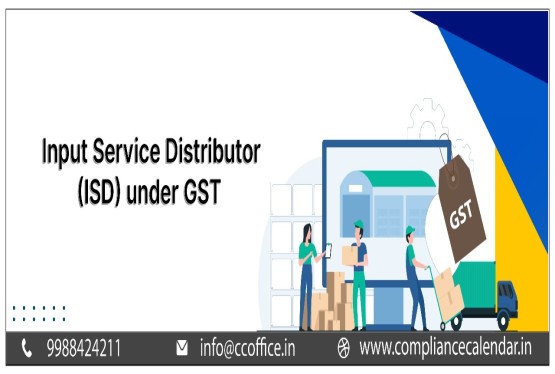








_learn_crop10_thumb.jpg)








_Filing_Due_Dates_for_FY_2024-25_learn_crop10_thumb.jpeg)
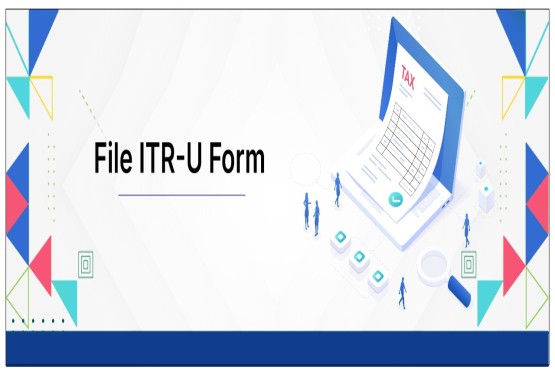

























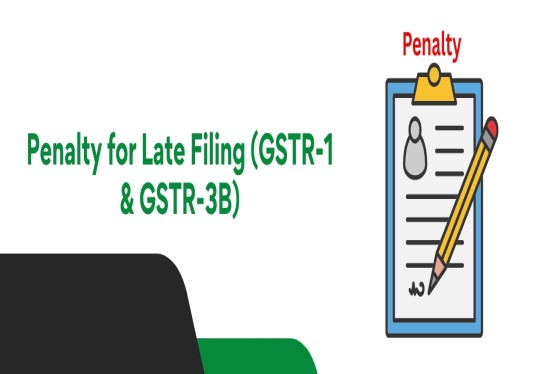












_of_GST_Act_learn_crop10_thumb.jpg)










_Under_GST_learn_crop10_thumb.jpg)









_crop10_thumb.jpg)


_crop10_thumb.jpg)






_learn_crop10_thumb.jpg)





















_of_the_Income_Tax_Act_learn_crop10_thumb.jpg)



_learn_crop10_thumb.jpg)
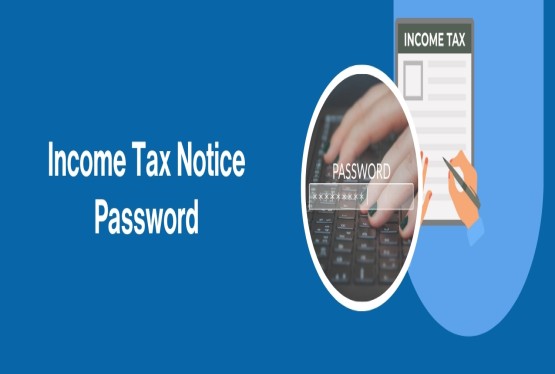





_learn_crop10_thumb.jpg)






_crop10_thumb.jpg)




















_in_The_Income_Tax_Act,_1961_learn_crop10_thumb.jpg)



_learn_crop10_thumb.jpg)



_of_the_Income_Tax_Act_learn_crop10_thumb.jpg)


_Of_Income_Tax_Act_learn_crop10_thumb.jpg)








_learn_crop10_thumb.jpg)








_learn_crop10_thumb.jpg)
_crop10_thumb.jpg)






















_learn_crop10_thumb.jpg)
_for_Import_and_Export_learn_crop10_thumb.jpg)









